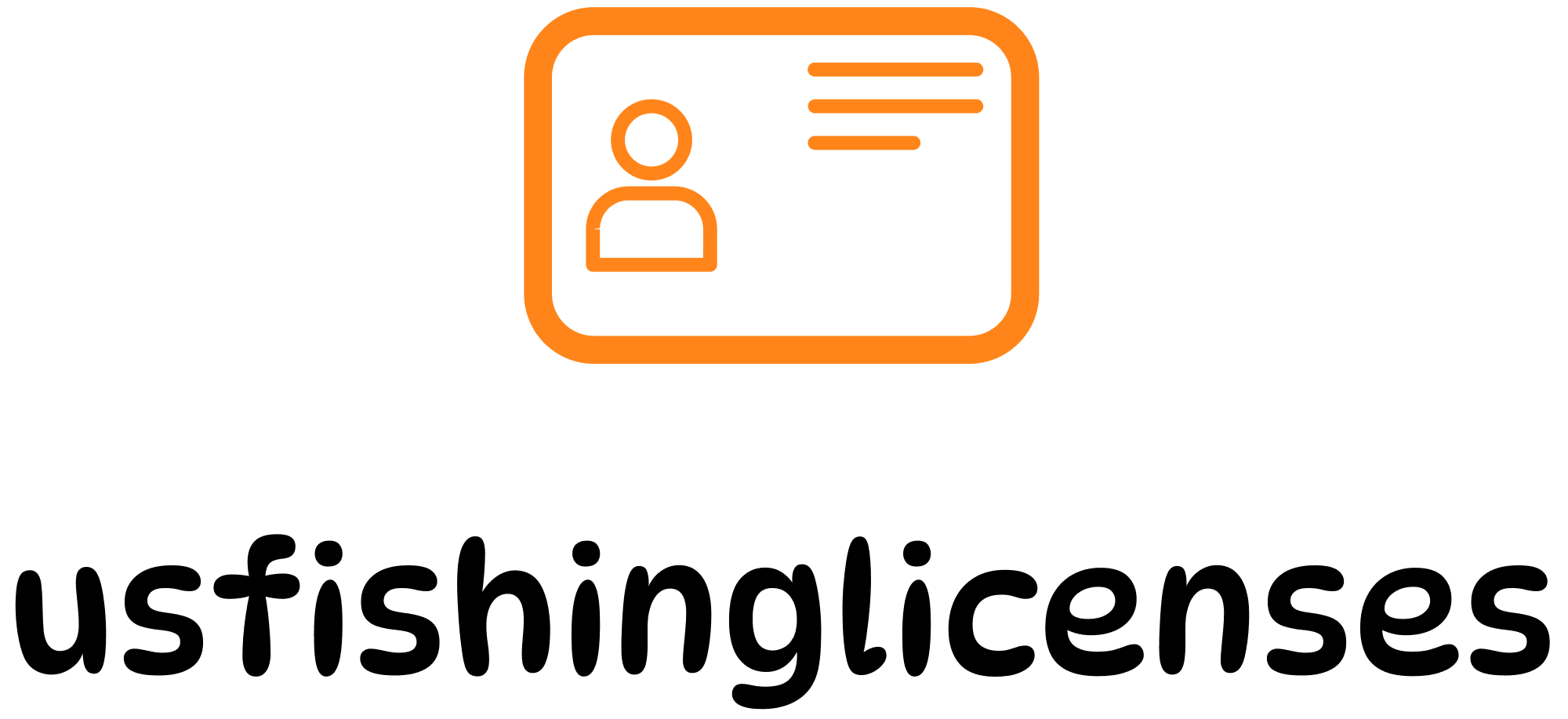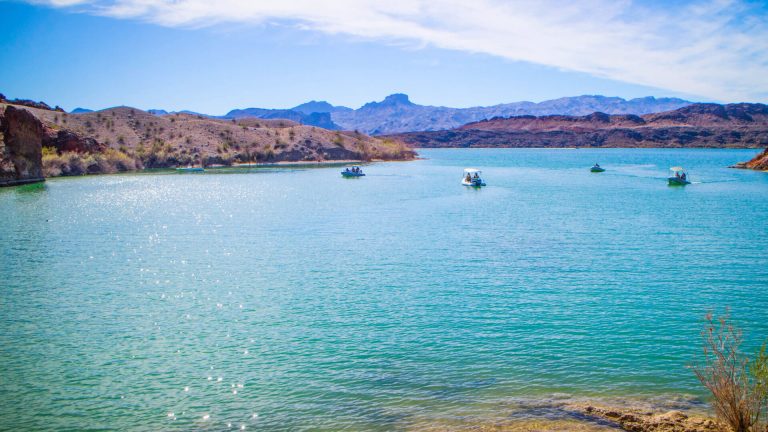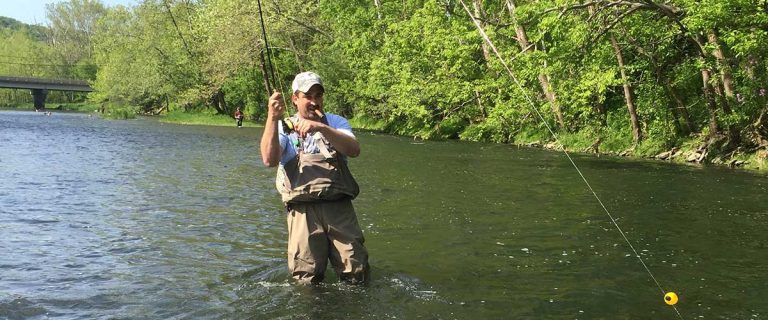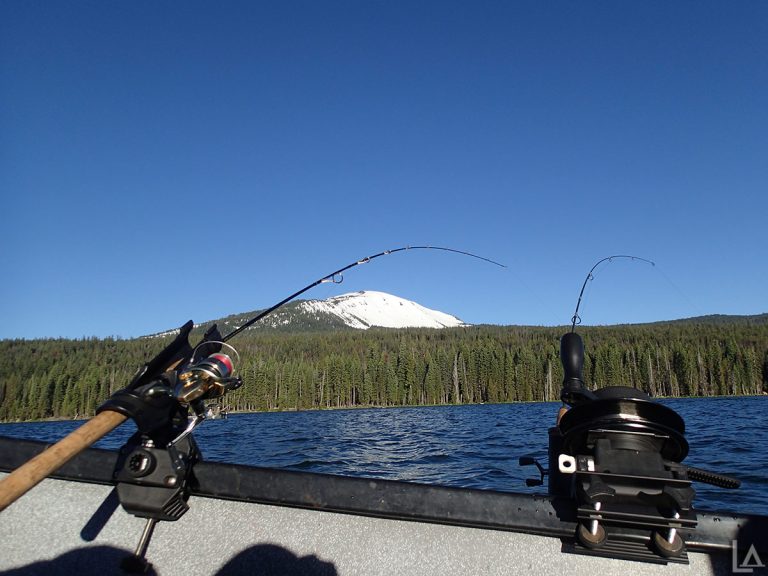Fishing the legendary Colorado River as it winds through Arizona presents a unique regulatory challenge for anglers. With the river forming natural boundaries between Arizona, California, and Nevada, understanding the multi-state license requirements is essential before casting your line. This comprehensive guide clarifies the current licensing rules, reciprocity agreements, and key considerations for fishing this iconic waterway.
Understanding Arizona-Colorado River License Requirements
As of 2025, fishing license requirements for the Colorado River have been significantly simplified, benefiting both residents and visitors. The most critical point for anglers to understand is that the Colorado River Special Use Permit is no longer required since 2014. Instead, these privileges are now bundled into standard Arizona fishing licenses.
Current License Structure and Reciprocity
When fishing the Colorado River and its impounded waters (including Lake Mead, Lake Mohave, and Lake Havasu) that form mutual boundaries between Arizona and California or Nevada, you need to understand the following key points:
- Shore fishing: Anglers fishing from shore only need a valid fishing license from the state they’re physically standing in.
- Boat fishing: Anglers fishing from a boat must have either:
- A valid Arizona fishing license OR
- A valid California fishing license (when on boundary waters)
This reciprocal agreement simplifies licensing for anglers enjoying the Colorado River system and its reservoirs.
Arizona Fishing License Requirements
For fishing in Arizona portions of the Colorado River, the following requirements apply:
- Anglers 10 years and older must have a valid fishing license
- Youth under 10 and blind residents are exempt from licensing requirements
- Licenses are valid for one year from the date of purchase
2025 Arizona Fishing License Fees:
| License Type | Resident | Non-Resident |
|---|---|---|
| General Fishing | $37 | $55 |
| Combination Hunt and Fish | $57 | $160 |
| Youth Combination (ages 10-17) | $5 | $5 |
| Short-term Combination | $15/day | $20/day |
Source: Arizona Game and Fish Department
Shore Fishing vs. Boat Fishing: Different Rules Apply
One of the most confusing aspects of Colorado River fishing is understanding how license requirements differ depending on whether you’re fishing from shore or from a boat.
Shore-Based Fishing
When fishing from the shoreline of the Colorado River:
- You only need a valid fishing license from the state you’re physically standing in
- If fishing from the Arizona shore, you need an Arizona license
- If fishing from the California shore, you need a California license
Boat-Based Fishing
The rules change when fishing from a boat on boundary waters:
- You need a valid license from either Arizona or California when on mutual boundary waters
- The old Colorado River Special Use Validation was discontinued after 2013
- Your license is valid throughout the shared portions of the Colorado River system, including impounded waters like Lake Mead, Lake Havasu, and Lake Mohave
Special Exemptions and Considerations
Military Personnel Exemptions
Active duty military members receive special consideration for Arizona fishing licenses:
- Military members stationed in Arizona qualify for resident licenses
- This applies to both permanent and temporary duty stations
- Military members stationed elsewhere but who list Arizona as their home of record can also purchase resident licenses
- This privilege extends to spouses of qualifying military members
Youth and Other Exemptions
- Children under 10 years old are not required to have a fishing license in Arizona
- Blind residents of Arizona are exempt from fishing license requirements
- Free fishing days are occasionally offered (check with Arizona Game and Fish Department for dates)
Recent Regulation Changes
Several important changes have occurred in recent years that affect Colorado River anglers:
- Elimination of special stamps: The trout stamp, two-pole stamp, and Colorado River stamps for California and Nevada have been discontinued since 2014
- Bundled privileges: All of these formerly separate privileges are now included in standard Arizona fishing licenses
- Simplified licensing: The reciprocal agreements between states have been streamlined to reduce confusion
Conservation and Ecological Considerations
Endangered Native Fish Protection
The Colorado River is home to several endangered native fish species that require special protection:
- Bonytail chub
- Colorado pikeminnow
- Humpback chub
- Razorback sucker
Conservation efforts have shown promising results, with the razorback sucker and humpback chub populations recovering enough to be considered for reclassification from endangered to threatened status.
Economic Impact of Fishing in Arizona
Fishing contributes significantly to Arizona’s economy:
- Recreational angling in Arizona generated an economic impact of more than $1.4 billion in 2013
- In fiscal year 2020, the Arizona Game and Fish Department sold 273,902 fishing licenses, generating nearly $14 million in revenue
- These funds support conservation efforts, habitat improvement, and fish stocking programs
Popular Colorado River Fishing Locations in Arizona
Several prime fishing spots along the Colorado River in Arizona attract anglers year-round:
- Lake Mead: Known for striped bass, largemouth bass, and catfish
- Lake Havasu: Popular for smallmouth bass, striped bass, and redear sunfish
- Lake Mohave: Offers excellent rainbow trout, striped bass, and smallmouth bass fishing
- Colorado River below Davis Dam: Known for trophy rainbow trout
- Colorado River near Yuma: Good for channel catfish and flathead catfish
For more detailed information about these and other Arizona fishing spots, visit US Fishing Licenses’ Arizona page.
Practical Tips for Colorado River Anglers
What to Bring on Your Colorado River Fishing Trip
Beyond your fishing license, prepare for a successful outing with:
- Proper documentation: Carry your fishing license and photo ID at all times
- Appropriate gear: Research targeted species and bring suitable equipment
- Safety equipment: Life jackets, sun protection, and plenty of water are essential
- Species identification guide: To ensure compliance with size and bag limits
- Regulations booklet or app: For quick reference to specific rules
Best Practices for Multi-State Waters
- Research before you go: Verify current regulations before your trip through the Arizona Game and Fish Department
- Understand boundaries: Know which state you’re in when shore fishing
- Stay informed: Regulations can change, so check for updates annually
- Practice conservation: Follow catch and release best practices for endangered species
Conclusion
Fishing the Colorado River in Arizona offers exceptional angling opportunities across multiple states. Thanks to reciprocal agreements and simplified licensing, anglers can now more easily enjoy these waters without navigating complex permit requirements. By understanding the basic distinction between shore and boat fishing requirements, carrying the appropriate license, and staying informed about conservation efforts, you can focus on what matters most – the fishing experience itself.
For more information about fishing licenses across the United States, visit US Fishing Licenses, your comprehensive resource for state-specific fishing regulations and license requirements.







